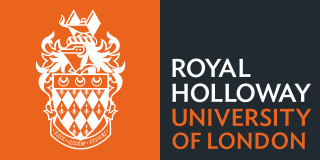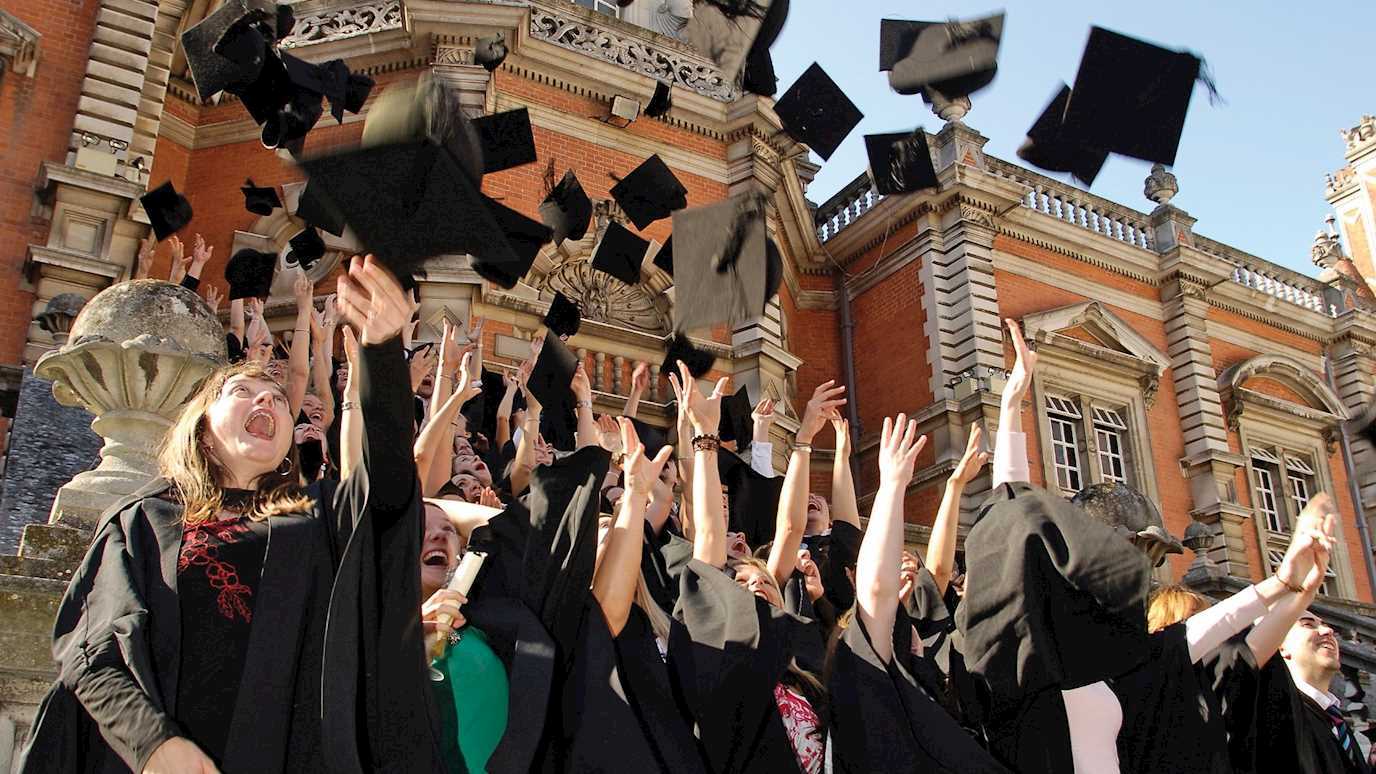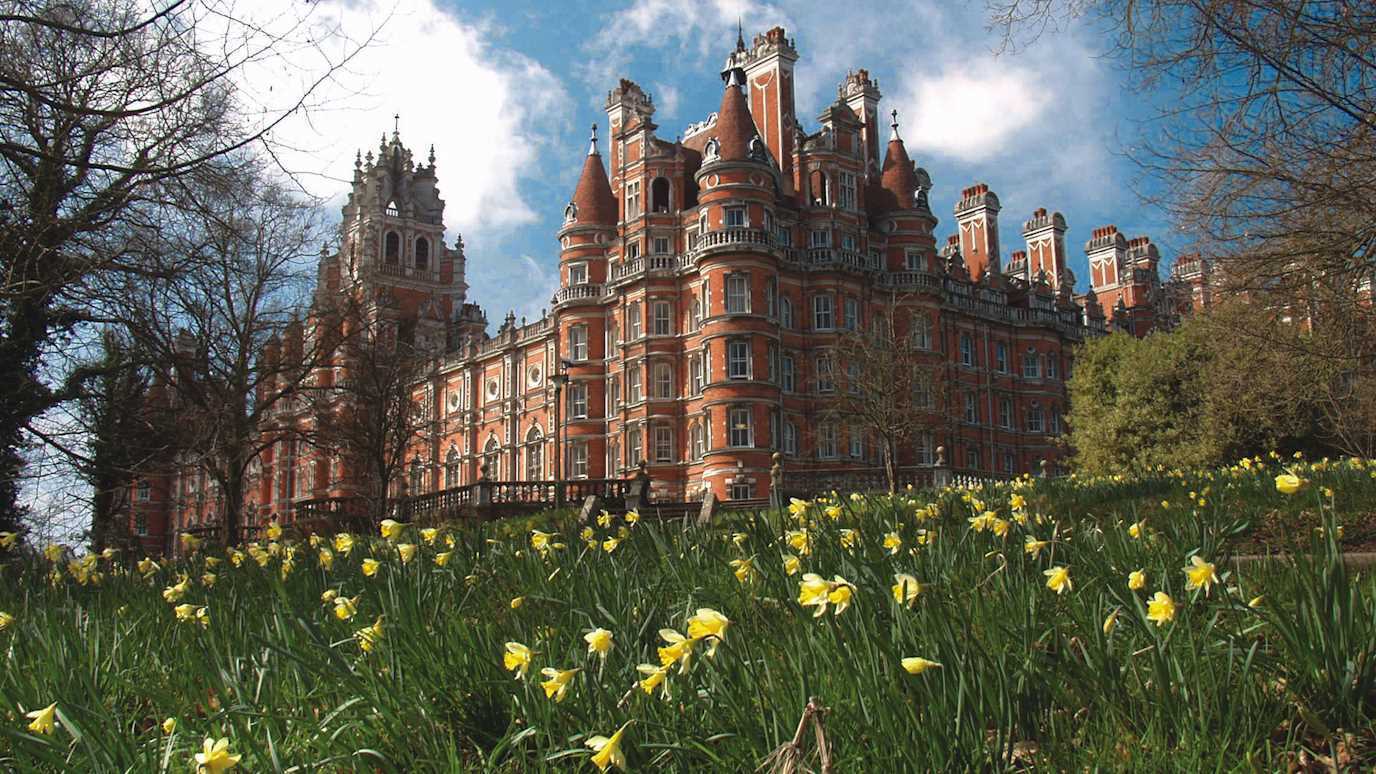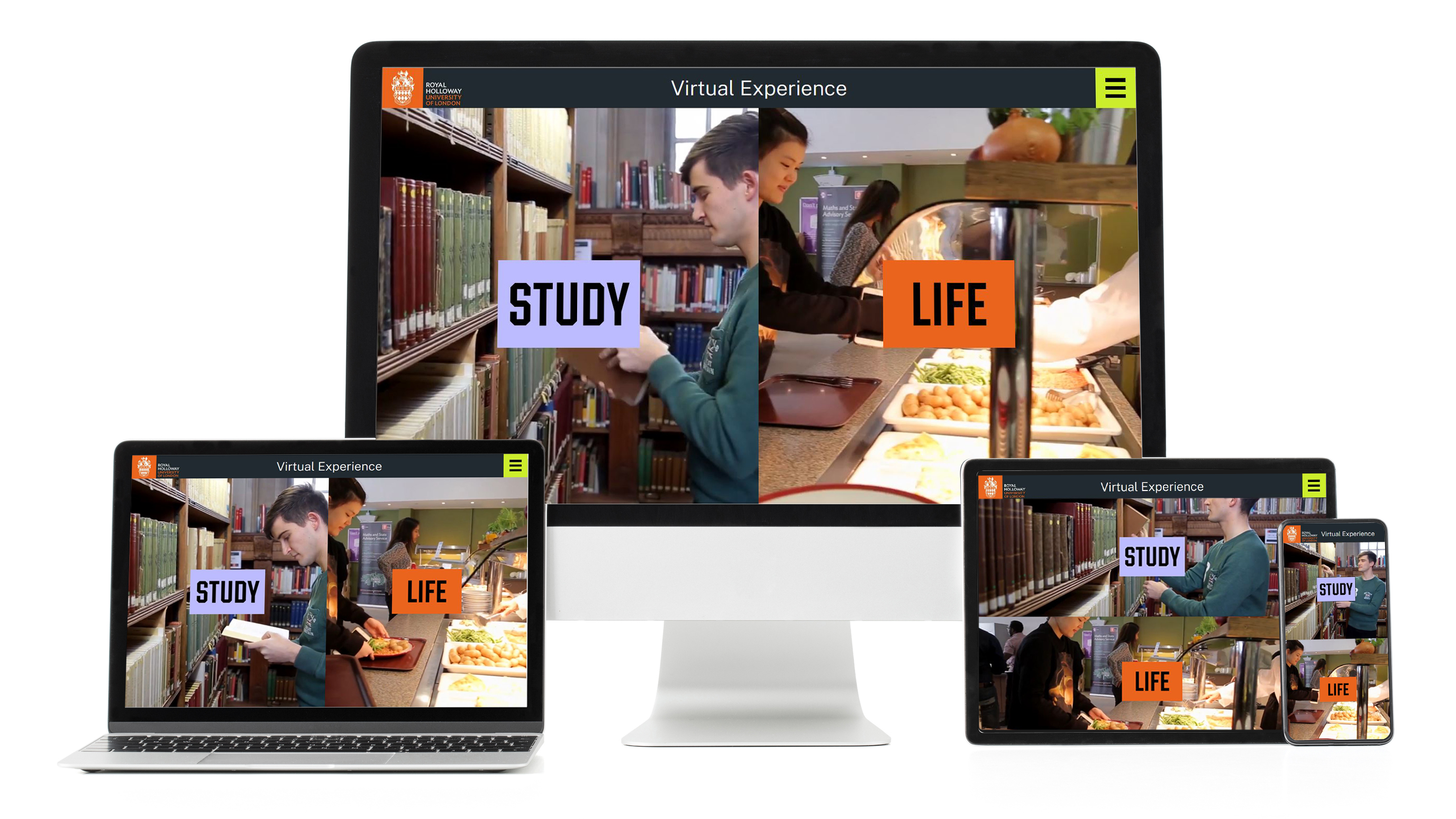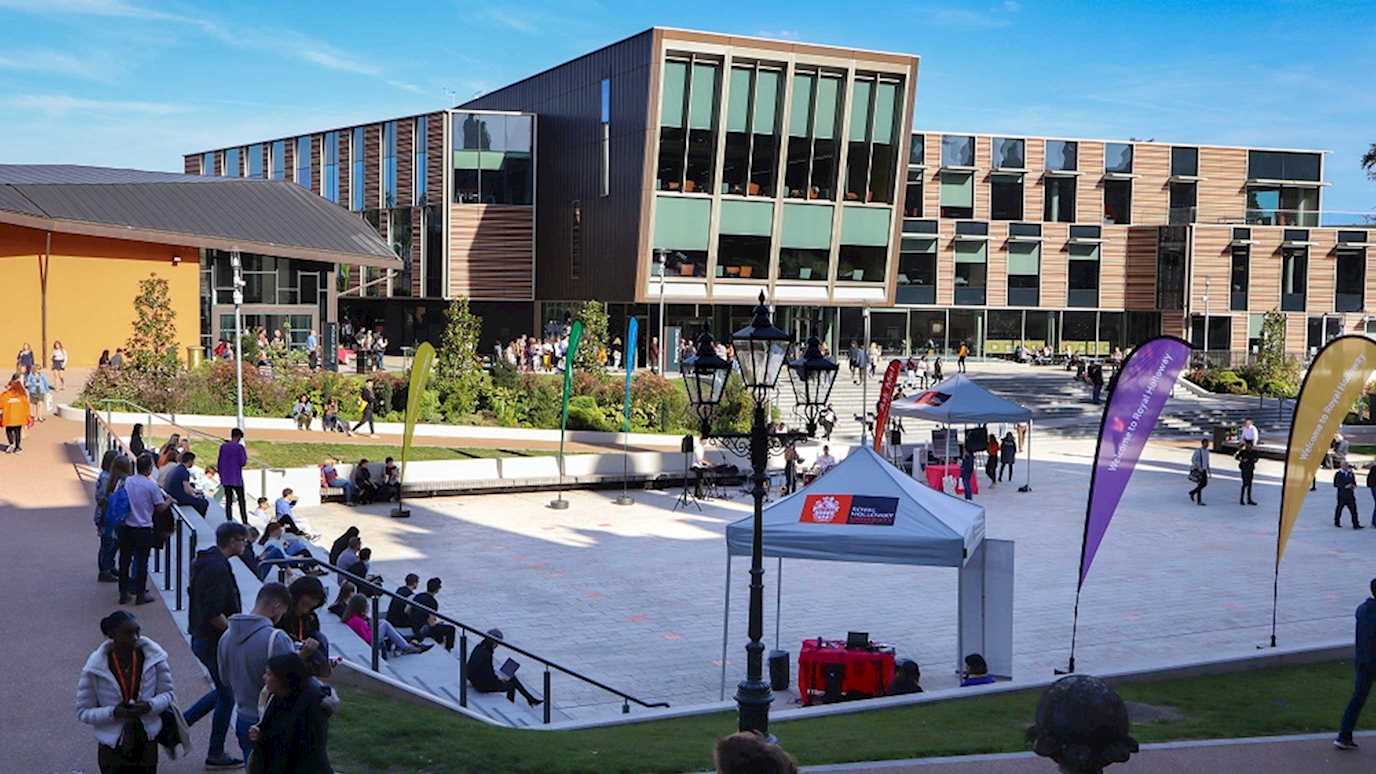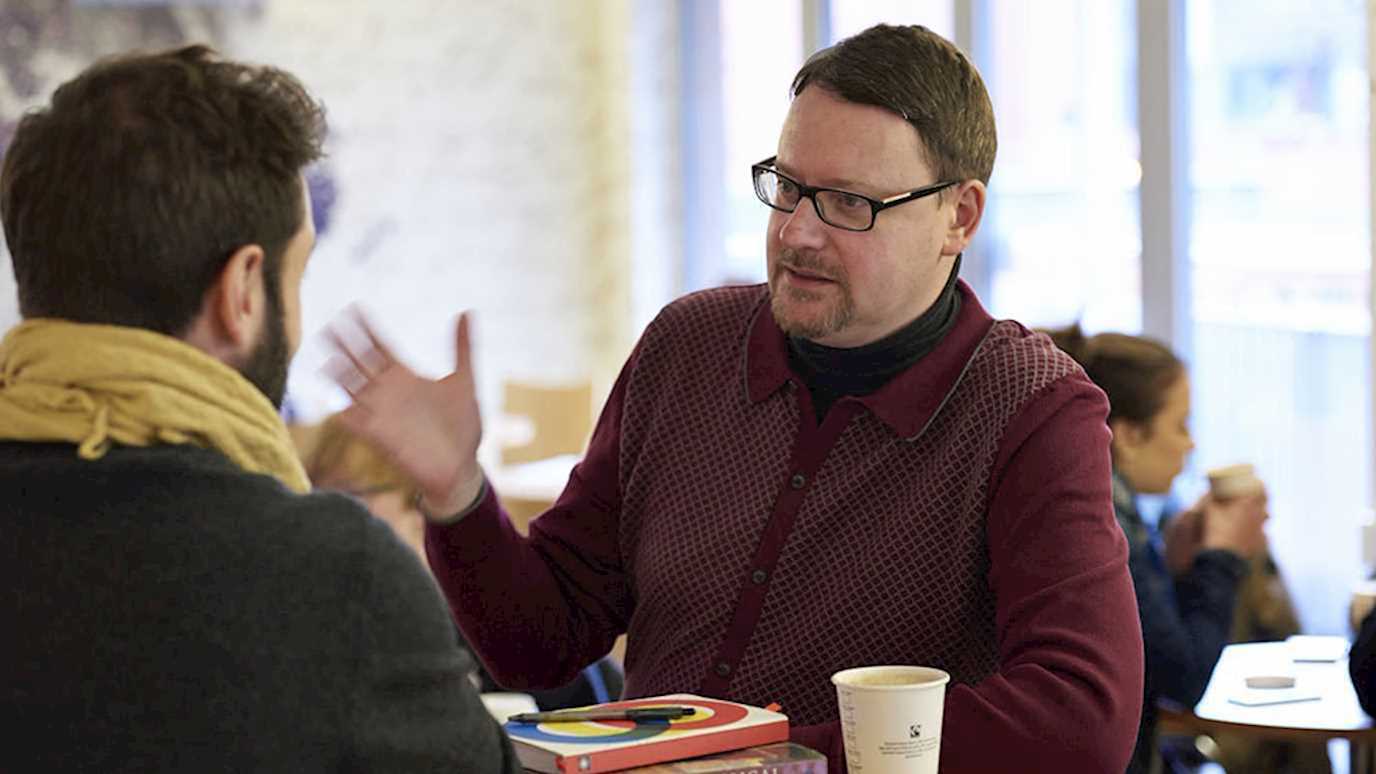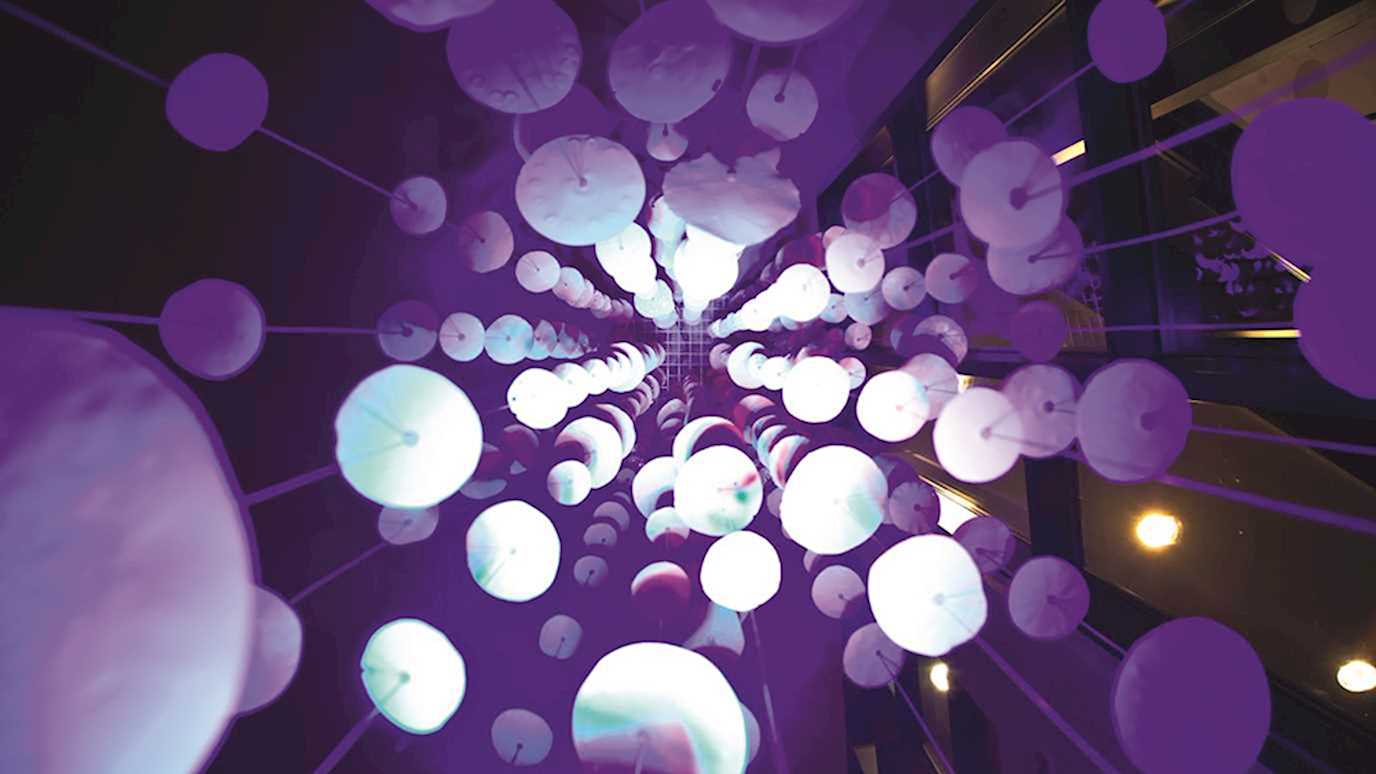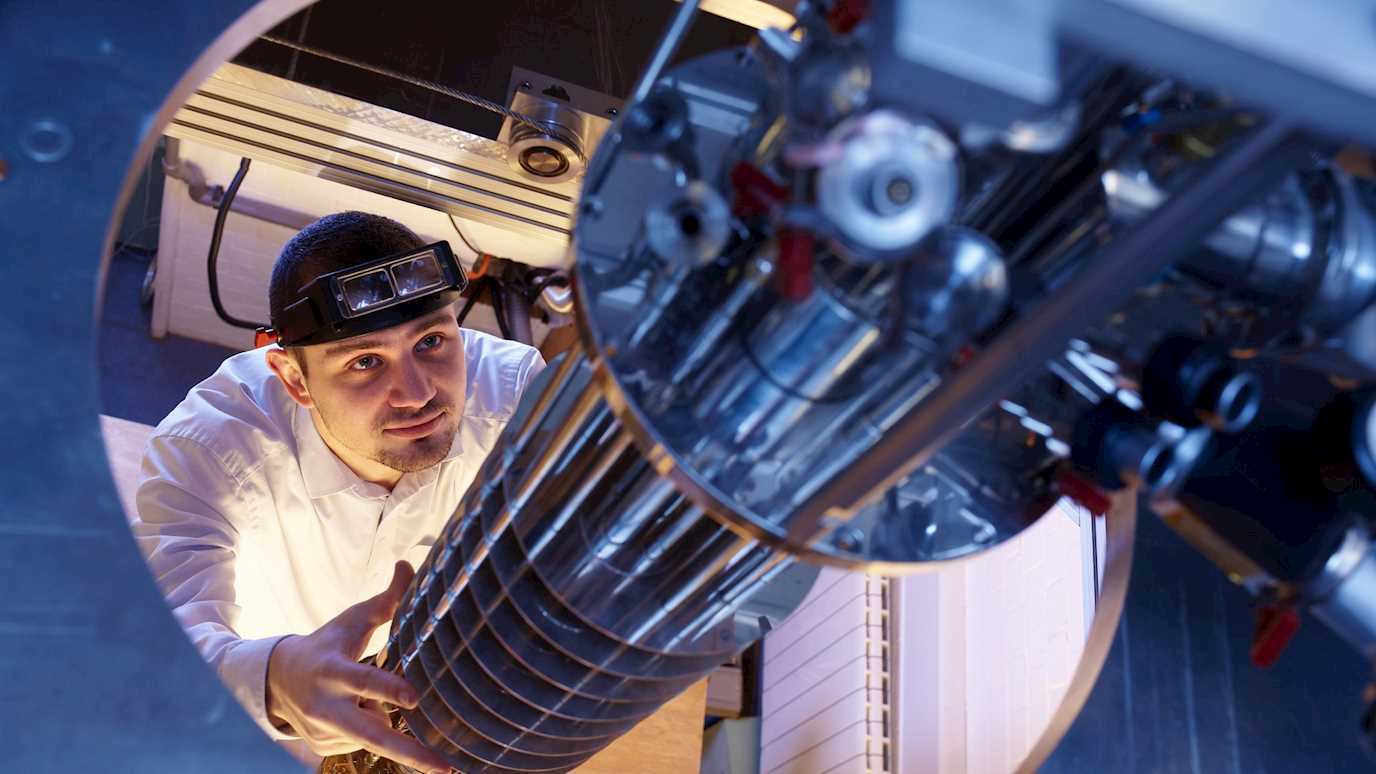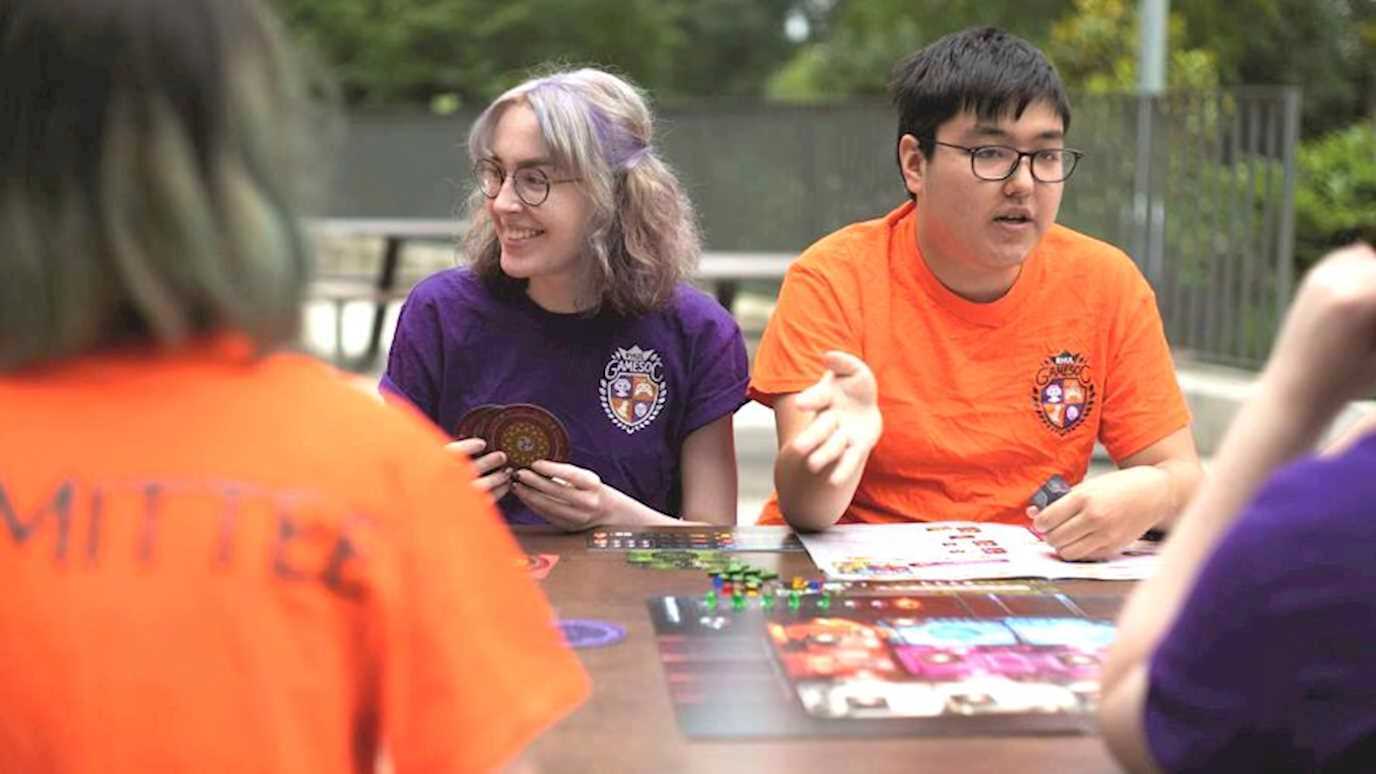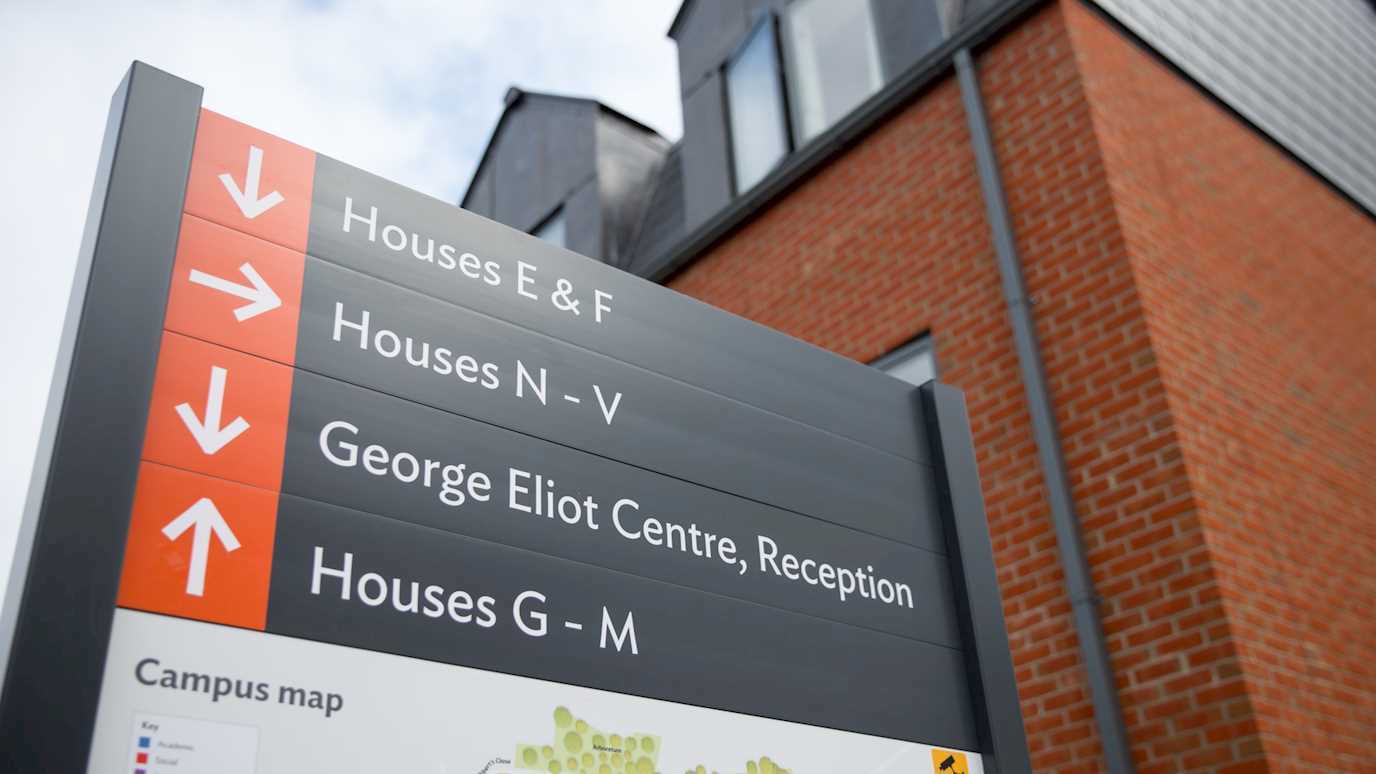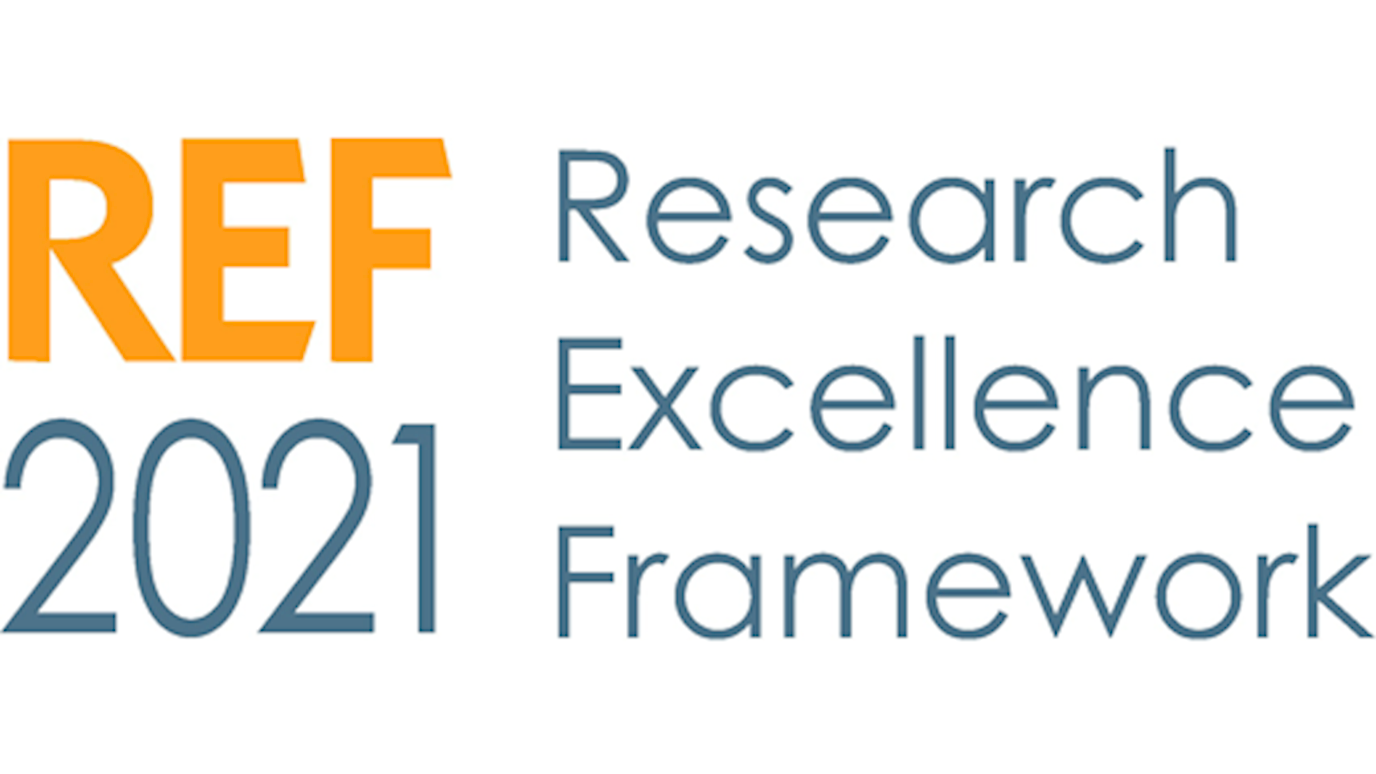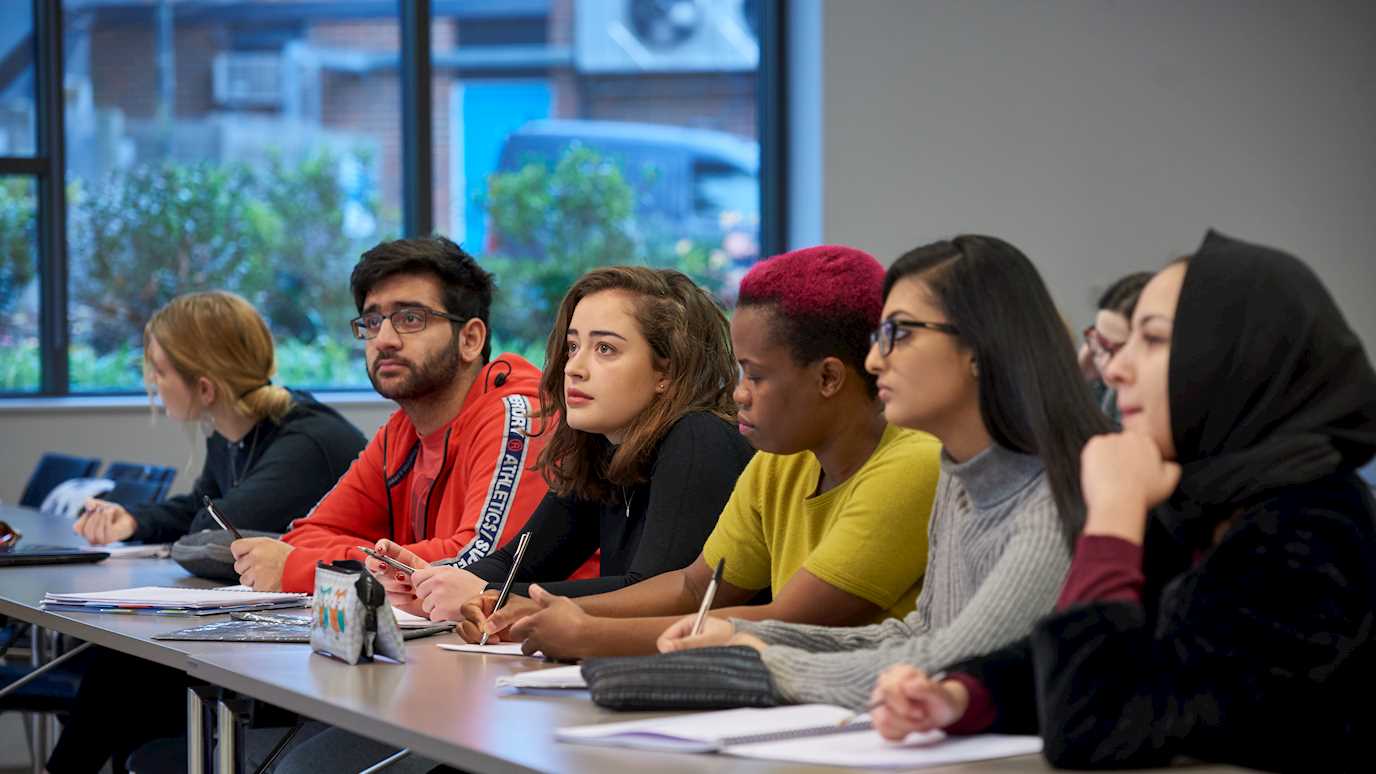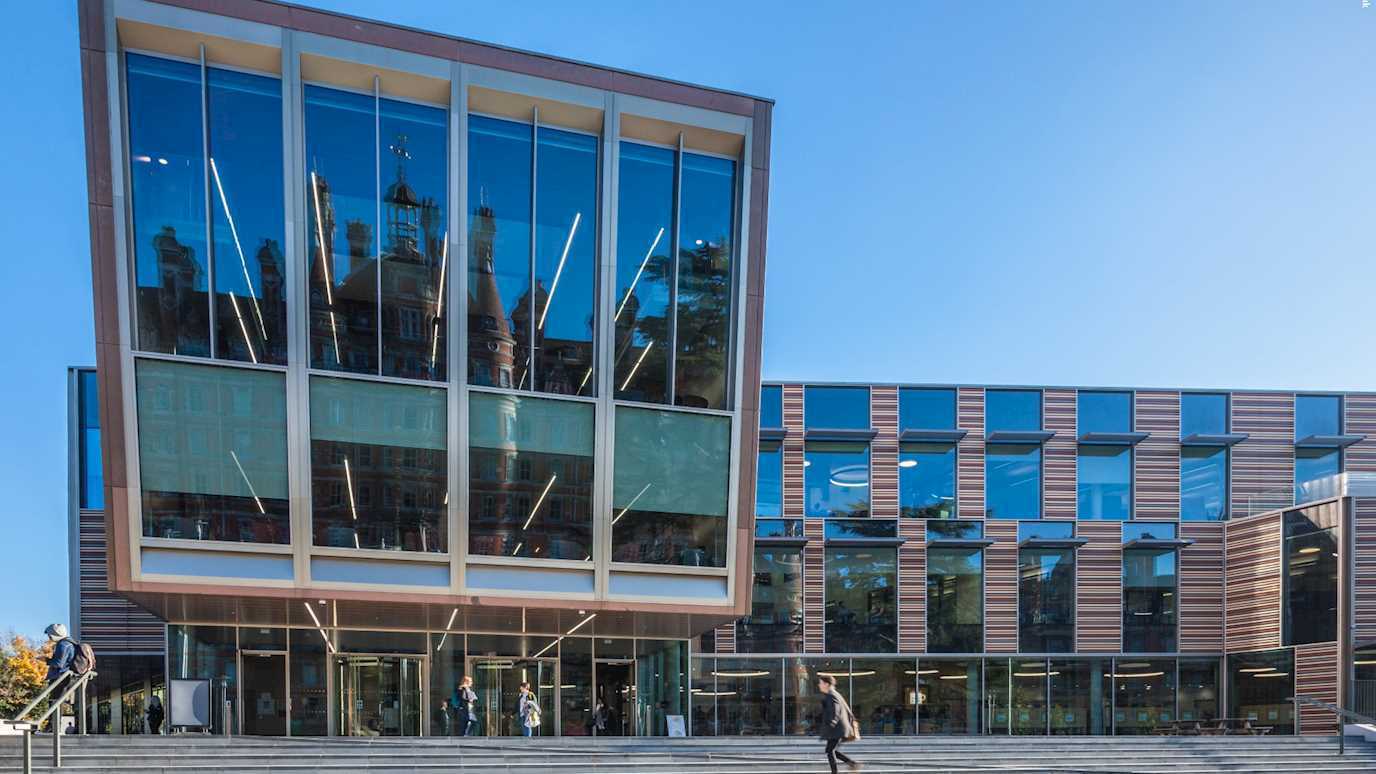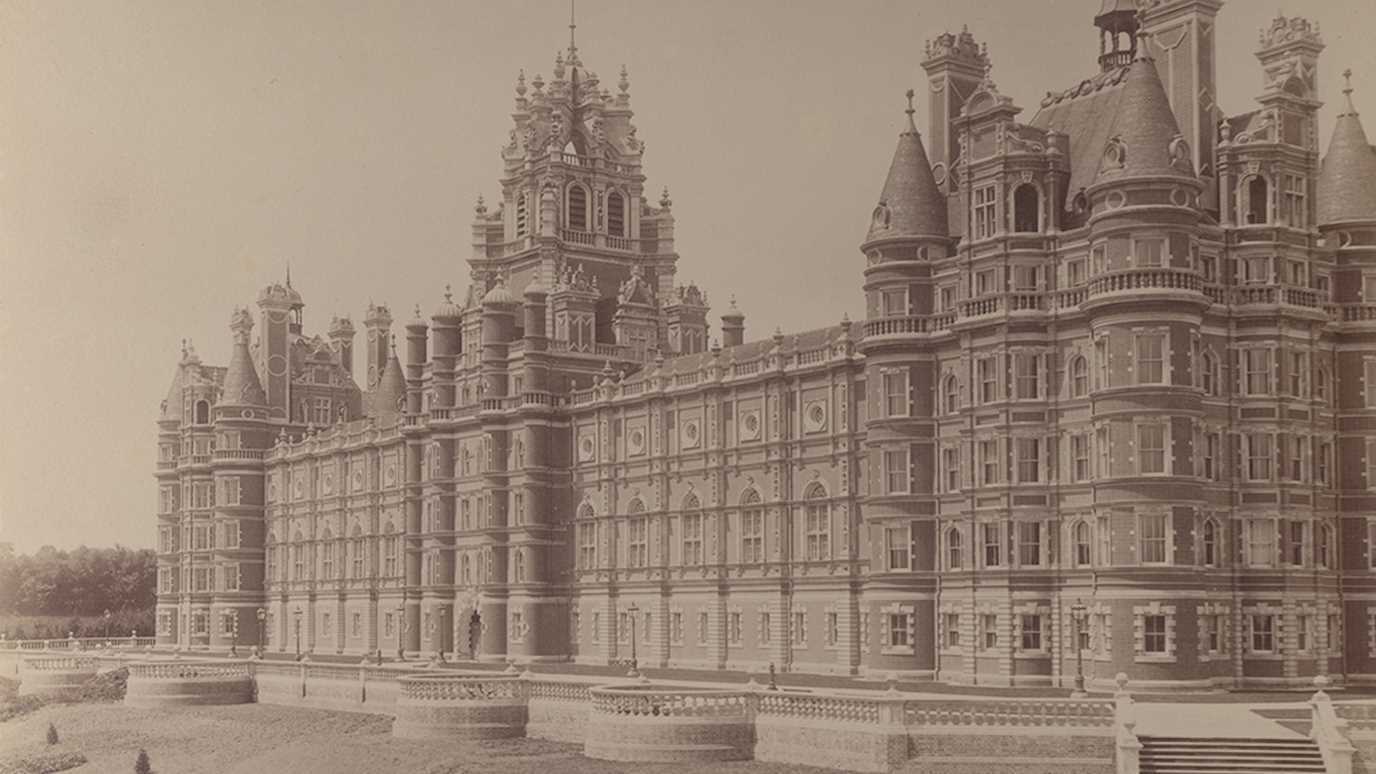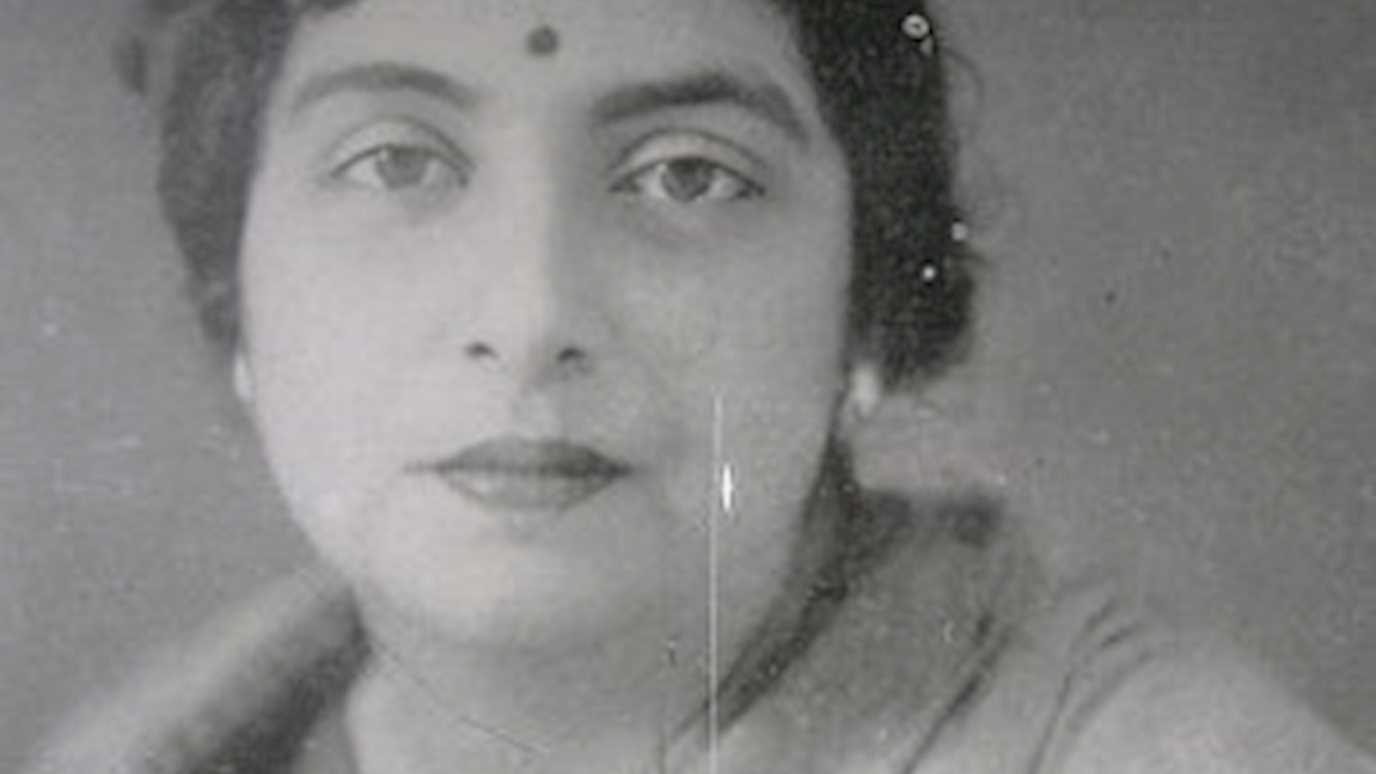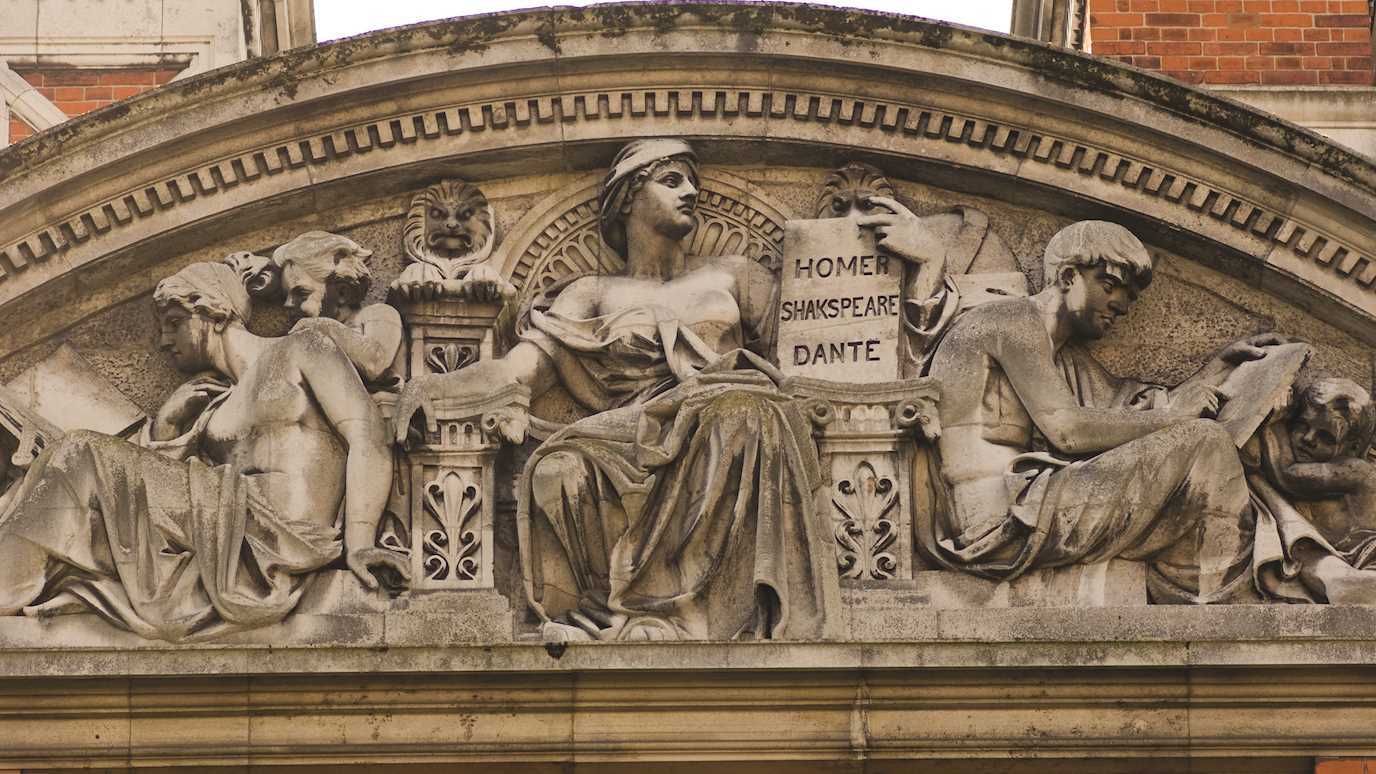The increased accessibility of low temperatures through cryogen-free technology opens the door to technological applications of relatively fragile exotic ordered states appearing as a result of electron correlations in a range of quantum materials and mesoscopic devices. In this regime competition between interactions allows systems to be relatively easily fine-tuned by external control parameters, such as magnetic field, strain and structured geometry.
In our laboratory we have developed techniques to both cool and measure diverse electron systems to below 1mK, with ultra-sensitive SQUID magnetometers playing a key role in low dissipation measurements. Two-dimensional electrons in semiconductor heterostructures have been cooled to close to 1 mK in an 3He immersion cell, employing a cooling-through-the-leads strategy, and requiring the identification and elimination of important sources of heat input.
Future work will centre on the study of gate-tuned nanoelectronic devices, cooled into this ultralow temperature regime, in which new correlated, spin ordered states are predicted. Cooling low dimensional electron systems in high magnetic fields will be possible on ND3, enabling the study of the exotic Fractional Quantum Hall Effect states.
NEMS, Nano-electro-mechanical Systems at ULT
Nano-Electro-Mechanical Systems (NEMS) represent a new key disruptive technology providing potential solutions for research and industry across a wide range of sectors, from Quantum Information processing through physical sensors to biological sensor applications. As the dimensions of devices and structures reduce, new technologies and approaches are required.
NEMs offer a new candidate system for probing the properties of quantum fluids. They can be nanofabricated with dimensions on the order of the size of the superfluid 3He cooper pair, resulting in resonant frequencies spanning a range from 0.1-100 MHz for beams and even higher frequencies for surface modes. To exploit these properties at low temperatures the motion of the NEMs needs to be read-out with a low dissipation measurement technique.
In prior work we have coupled NEMs devices to an extremely sensitive SQUID, Superconducting Quantum Interference Device, developed by our partners at PTB. We performed measurements in the temperature range 10 mK to 8 K on resonators with quality factors of 1-100 million with a resonant frequency of order of 1 MHz [1]. This work revealed a strong interplay between the motion of the beam and the state of the readout SQUID2.
In this project the aims are to:
- Probe the nature of superfluid 3He by incorporating NEMs as local probes for topological mesoscopic superfluidity.
- To cool a sub 100 MHz NEMs device into the quantum regime, to achieve a long coherence time quantum state.
To achieve these aims NEMS can be optimised using advanced fabrication techniques and new materials. The project will investigate new materials such as graphene and SiN, as well as metallic NEMS resonators. These low frequency and high Q resonators should produce states with a long coherence time, but will require ultralow temperatures to enter the quantum regime.
Figure 1: An example of a 300 µm long silicon nitride string resonator (100 x 250 nm cross section), coated with a 30 nm thick Aluminium layer, provided by Eddy Colin (CNRS)
Figure 2: An example of a 40 µm long silicon nitride string resonator (50 x 50 nm cross section), coated with a niobium layer, provided by Jeevak Parpia (Cornell).
This project is based in the London Low Temperature Laboratory, Royal Holloway, which is part of the European Microkelvin Platform.
Cornell University (Jeevak Parpia)
Institut Néel, CNRS, Grenoble (Eddy Collin)
Lancaster University (Kunal Lulla)
PTB, Berlin (Dietmar Drung, Thomas Schurig).
-
Rupert Mellor (2018), Nano-Electro-Mechanical Systems at Ultra Low Temperatures as Probes for Quantum Fluids with Superconducting Quantum Interference Device Transduction. (Doctoral Thesis)
-
Cooling a NEMs device with a SQUID, paper in preparation.
Ultralow temperature engineering and technology
Currently, one can’t buy a thermometer that works from 10 to 1 millikelvin or a refrigerator to get to this temperature. The thermometry situation has been described “Like selling a BMW without a speedometer.” Technology developed for studying the behaviour of matter at mK has led to partnerships with Oxford Instruments and National Measurement Institutions to develop a new kind of refrigerator to reach sub mK and use the associated temperature measurement technology to define the Kelvin (the unit of temperature measurement). The impact of this development is on manufacturing-- in the leading cryogenics industry in the UK, and on metrology—in the international definition of the unit of temperature (Kelvin), and on commercial quantum computing—the primary market for ultra-low temperatures. The work was highlighted by the Institute of Physics in their document “Inspirational physics for a modern economy” https://www.iop.org/publications/iop/2015/file_65903.pdf, following on from REF2014.
The solution to the problem of ultralow temperature thermometry has been the development of a current sensing noise thermometer [1-3] within the LLTL. This device is currently being used to establish a methodology to achieve measurements of thermodynamic temperature, to be encoded in the Mise en Pratique of the new definition of the Kelvin1.
A major advance of the group to open the ultralow temperature regime to a wider scientific community was through combining cryogen-free dilution refrigerators with nuclear demagnetisation, in partnership with Oxford Instruments Nanoscience. In this work sub millikelvin temperatures in a cryogen-free environment were achieved for the first time [4].
In this project the aim is to produce a new generation of cryogenic heat exchanger materials through developing an understanding of the Kapitza boundary resistance. Here we can exploit the properties of the current sensing noise thermometer to measure the thermal boundary resistance between candidate materials and helium. Ultimately leading to both more efficient cryostats and enhanced cooling of mesoscopic samples.
Figure 1: Redefinition of the SI base units, links K directly to the Boltzmann constant.
Figure 2: Nuclear Demagnetisation Cryostat with SQUID based Kapitza boundary resistance cell.
PTB, Berlin (Jost Engert, Alexander Kirste, Dietmar Drung, Thomas Schurig)
NPL, UK (Graham Machin)
Oxford Instruments (Michael Cuthbert)
Magnicon (Henry J. Barthelmess)
-
New Evaluation of T- T2000 from 0.02 K to 1 K by Independent Thermodynamic Methods, Engert, J., Kirste, A., Shibahara, A., Casey, A., Levitin, L. V., Saunders, J., Hahtela, O., Kemppinen, A., Mykkänen, E., Prunnila, M., Gunnarsson, D., Roschier, L., Meschke, M. & Pekola, J., Int J Thermophys. 37, 125 (2016), doi: http://dx.doi.org/10.1007/s10765-016-2123-4
-
Primary current sensing noise thermometry in the millikelvin regime, A. Shibahara, O. Hahtela, J. Engert, H.van der Vliet, L. V. Levitin, B.Yager, A.Casey, C. P. Lusher, J. Saunders, D.Drung and Th. Schurig- - Philosophical Transactions A, (2016), doi: http://dx.doi.org/10.1098/rsta.2015.0054
-
Current Sensing Noise Thermometry: A Fast Practical Solution to Low Temperature Measurement, A.Casey, Arnold, F., Levitin, L. V., Lusher, C. P., Nyeki, J., Saunders, J., Shibahara, A., van der Vliet, H., Yager, B., Drung, D., Schurig, T., Batey, G., Cuthbert, M. N. & Matthews, A. J., J. Low Temp. Phys. 175, 764-775 (2014), doi: http://dx.doi.org/10.1007/s10909-014-1147-z
-
A microkelvin cryogen-free experimental platform with integrated noise thermometry, Batey, G., Casey,A., Cuthbert, M., Matthews, A., Saunders, J. & Shibahara, A., New J. Phys. 15, 113034 (2013), doi: http://dx.doi.org/10.1088/1367-2630/15/11/113034
